Why is it that we react to the world the way we do, not only in similar ways—turning our heads in the direction of a tap on the shoulder or a sudden movement in our peripheral vision, for example—but often in dramatically different ways as well?
Hide Full Description
What causes us to gasp in startled fear at sharp sound that our spouse, even though blessed with excellent hearing, appears to barely notice? Why do children twist their faces in disgust when asked to sample the smallest bite of their parents’ most recent culinary addiction? How is it that the physically adventurous young person you remember being—the one whose greatest passion was riding the scariest roller coaster imaginable—somehow grew into an adult whose stomach begins to churn nervously at even the thought of such a ride?
The answer, of course, is that each of us—whether a different person or a more recent model of ourselves—isn’t reacting to the same world at all.
Though the physical world we occupy may be identical, the reality we experience —the perceptions created when our brains combine the input from our senses with past encounters with those same inputs—is very different. And this is true not only from one person to another, but within the same individual, as well. For our various sensory systems can be altered over time, their acuity changing in response to aging or injury, life experiences, evolving personalities, and other factors.
Rich in science and potent examples and anecdotes, Sensation, Perception, and the Aging Process is a course that takes a distinct approach to the understanding of human behavior—which is, after all, always a reaction to a sensory stimulus.
Learn How We Navigate and Make Sense of Our World
In 24 fascinating lectures, Professor Francis Colavita offers a biopsychological perspective on the way we humans navigate and react to the world around us in a process that is ever-changing. Our experiences are vastly different today than they were when we were children and our senses and brains were still developing; and those experiences are becoming ever more different as we age, when natural changes alert us to the need to compensate, often in ways that are quite positive.
For example, children have many more taste receptors than adults, so they are more taste sensitive. Therefore it’s both ironic and understandable that children often prefer bland food drawn from a small list of favorites to avoid being overwhelmed. Adults, on the other hand, lose taste receptors as they age, so getting older often moves us in the opposite direction, prompting us to try new varieties of ethnic cuisines and spicier foods.
One of the delights of this course is the balance of the real-life examples Professor Colavita gives and the crisp presentation of the physiological systems that explain those examples.
How do our sensory systems gather and process raw information from the world, enabling us to see, hear, smell, taste, or touch? How do we keep our balance? Or understand exactly where we are in space, so that we can reach for our morning coffee cup and not close our hands around empty space?
How do our bodies create motor memories that allow us to learn and then automatically perform the most complex tasks—such as the laboriously practiced elements of a golf swing—in one smoothly executed motion, or run through a series of rapid gear shifts while driving on a winding mountain road?
What sort of sensory system allows us to feel pain but also works to protect us from its most intense levels?
Whether exploring the complex structures of the brain or inner ear, explaining with compassion the animal experiments that have given us so much knowledge of sensory systems, or using humorous personal anecdotes to illustrate a point, Professor Colavita delivers a course that informs, entertains, and even prepares us for the changes that lie ahead.
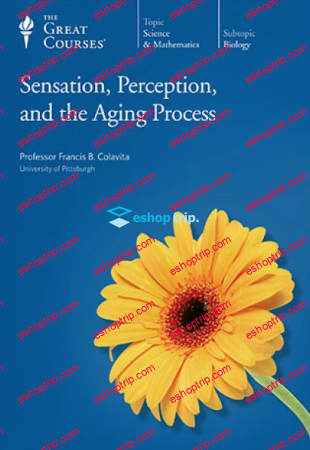



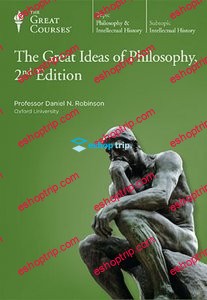
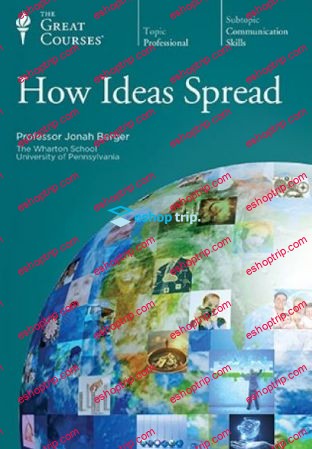
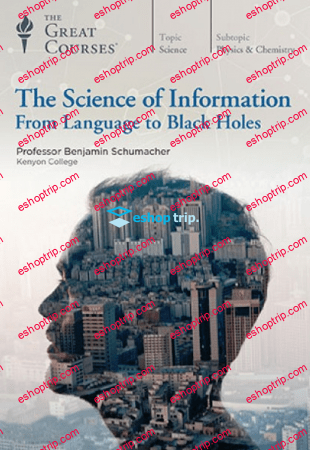
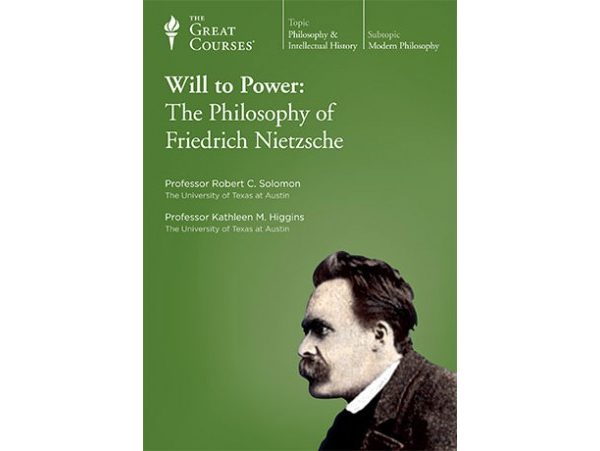

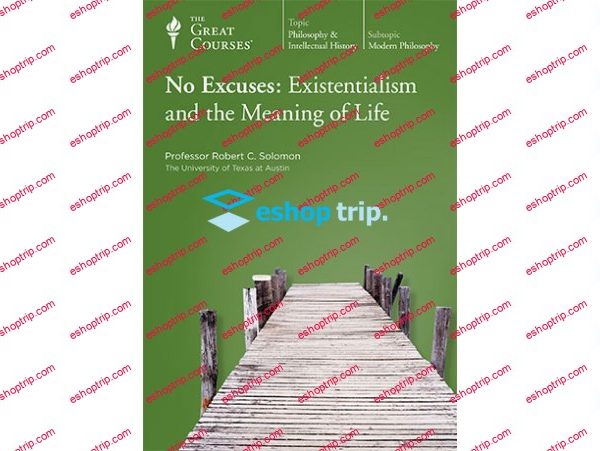

Reviews
There are no reviews yet.